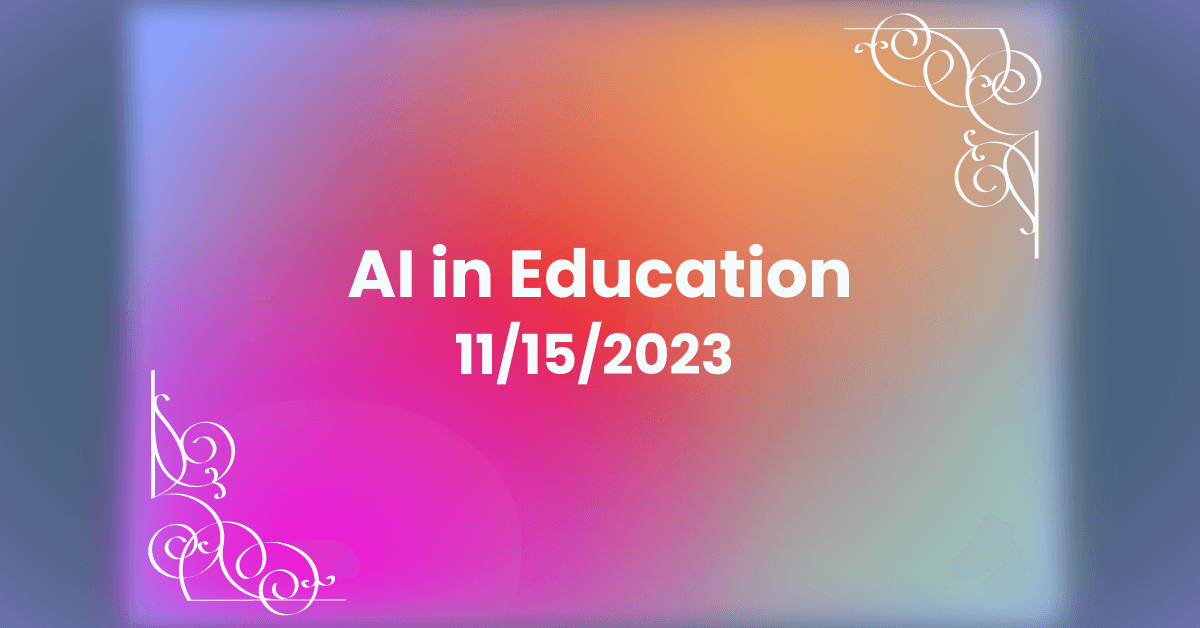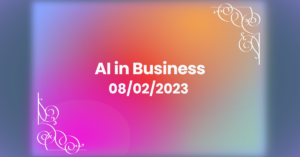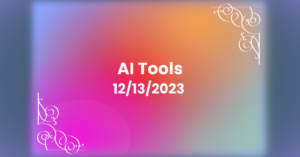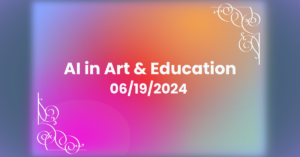AI In Education: Balancing Innovation, Regulation, and Equity
In a recent article for the Cato Institute, Jennifer Huddleston advocates for a light-touch approach to artificial intelligence (AI) policy, highlighting four key principles. First, she recommends a thorough analysis of existing regulations to determine whether new rules are necessary, emphasizing the need to address harms caused by malicious actors rather than overly regulating the technology itself. Second, she advises against a patchwork of state and local laws, proposing federal preemption in areas covered by an AI framework to avoid disruptions.
The third principle underscores the importance of education over regulation, promoting improved AI and media literacy to empower consumers in making informed decisions about technology. Huddleston cites initiatives like AI4K12 and university courses as positive steps in this direction. Lastly, she encourages a balanced government stance on AI, advocating for the removal of unnecessary barriers to AI use in government services while implementing clear safeguards, particularly in sensitive areas like law enforcement. Huddleston concludes by urging policymakers to adopt a measured, light-touch approach akin to the one that allowed the internet to flourish in the 1990s, emphasizing the need to consider the benefits of such an approach in the context of the AI revolution.
The American Federation of Teachers, an AFL-CIO teachers union recently posted an article discussing the challenges educators face in adapting to the swift integration of generative artificial intelligence (AI) in education. While acknowledging the potential benefits, such as personalized learning and improved teaching methods, the author highlights concerns about the digital divide, racial and cultural bias in AI algorithms, data privacy, and ethical issues related to plagiarism and cheating. The COVID-19 pandemic emphasized the existing digital disparities in education, and without proper funding adjustments, these technologies could exacerbate inequalities. The article advocates for the ethical development and deployment of AI, emphasizing the need for effective regulations, privacy protections, and considerations of equity. The author also introduces the American Federation of Teachers’ partnership with GPTZero and NewsGuard to provide educators with tools for teaching media literacy and using AI effectively in the classroom. Unfortunately, the article doesn’t address the issue of the unreliability of such tools. Ultimately, the article calls for collaborative efforts among educators, policymakers, and industry leaders to address the challenges posed by AI in education promptly.
In an article for the Guardian, Teachers, like Vicki Davis, contemplate the appropriate use of AI in assignments, considering both its benefits and potential misuse. Many educators experiment with AI tools, attempting to understand their functionality and ethical implications. Concerns revolve around preventing AI-aided cheating, maintaining student engagement, and addressing the learning loss caused by the pandemic. Some teachers advocate for a ban on AI tools until better understood, while others focus on developing policies to guide their use.







